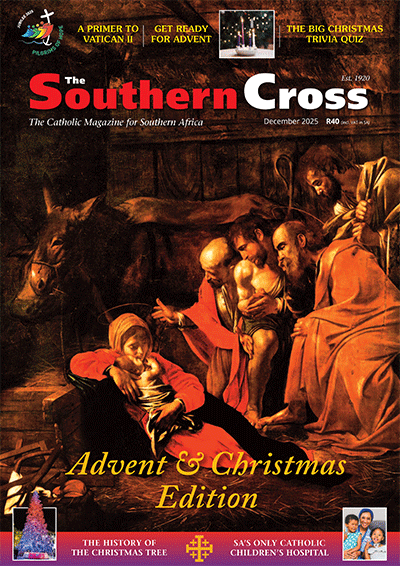The new missal
Within the next couple of years, possibly by late 2011, the English-speaking Church worldwide will be using the newly translated Roman missal, which received the Vatican�s recognitio (or approval) in late April.
It is likely that many lay Catholics and clergy will protest against what they believe to be deficiencies in the new translations, as many did in Southern Africa when the first phase of the new formulas was introduced in November 2008.
It would be most extraordinary should the Vatican entertain any of these protests, debates and pleas for the delay of implementation. The new missal, which places an emphasis on literal translations from Latin over linguistic grace, will inevitably guide our liturgy.
And the impassioned protests notwithstanding, the Southern African experience suggests that most congregants will impassively adapt to the revised liturgical texts, perhaps grumblingly but with confidence that those who decide such things know what they are doing. They will not occupy themselves much with the reasons for the changes, nor their background.
Cardinal Wilfrid Napier, writing in an article in The Southern Cross last year, summed up the background by saying that �key to the decision was the fact that a different philosophy [towards liturgical formulas] had gained the upper hand, and was being used by the Vatican�. The philosophy of literal equivalence in translations is now supplanting the more interpretative dynamic equivalence method on which the current wordings at Mass are based.
In the same article, Cardinal Napier sharply criticised the negative reaction to the new translations. Of course, there is no infidelity in preferring one method of liturgical translations over another, or in disliking the final product, just as there was no disloyalty among those who objected to the dynamic equivalence translations when those had the upper hand. Indeed, the hierarchy should be joyful about such a lively reaction, because this affirms the profound love so many Catholics have for their liturgy, the manner in which it is celebrated, and the words we use to pray together.
The debate over liturgical texts provides an excellent catechetical opportunity to reflect on the meaning of what we say and do in the Mass, even in the absence of a consensus about the quality of liturgical innovations. At the same time, however, those who strongly disagree with the revision of the missal must allow that those who advocated it love the Mass no less, and feel that they have genuine reasons for implementing and welcoming the amendments. While sincere and courteous debate surely must be possible, the liturgy � our celebration of Christ�s loving sacrifice for us � must not be the occasion for acrimony between believers.
The implementation of liturgical changes must now be preceded by timely and effective catechesis and workshopping on every level of the Church. This will be essential especially in parishes, where the revised liturgy will need to be thoroughly explained and rehearsed. The Southern African Church is preparing to do just that, as we report this week. This programme must not be undermined by profitless hostility by critics or defenders of the new texts.
Within the next couple of years, all Catholics in Southern Africa and other English-speaking regions will recite new words in the Mass. Some will do so with joy, some with resignation, and many with detached acceptance. But whatever we say and pray, no congregant must lose sight of what we are celebrating at Mass: the sacrifice of our Saviour and the promise of redemption through him.
- The Look of Christ - May 24, 2022
- Putting Down a Sleeping Toddler at Communion? - March 30, 2022
- To See Our Good News - March 23, 2022





